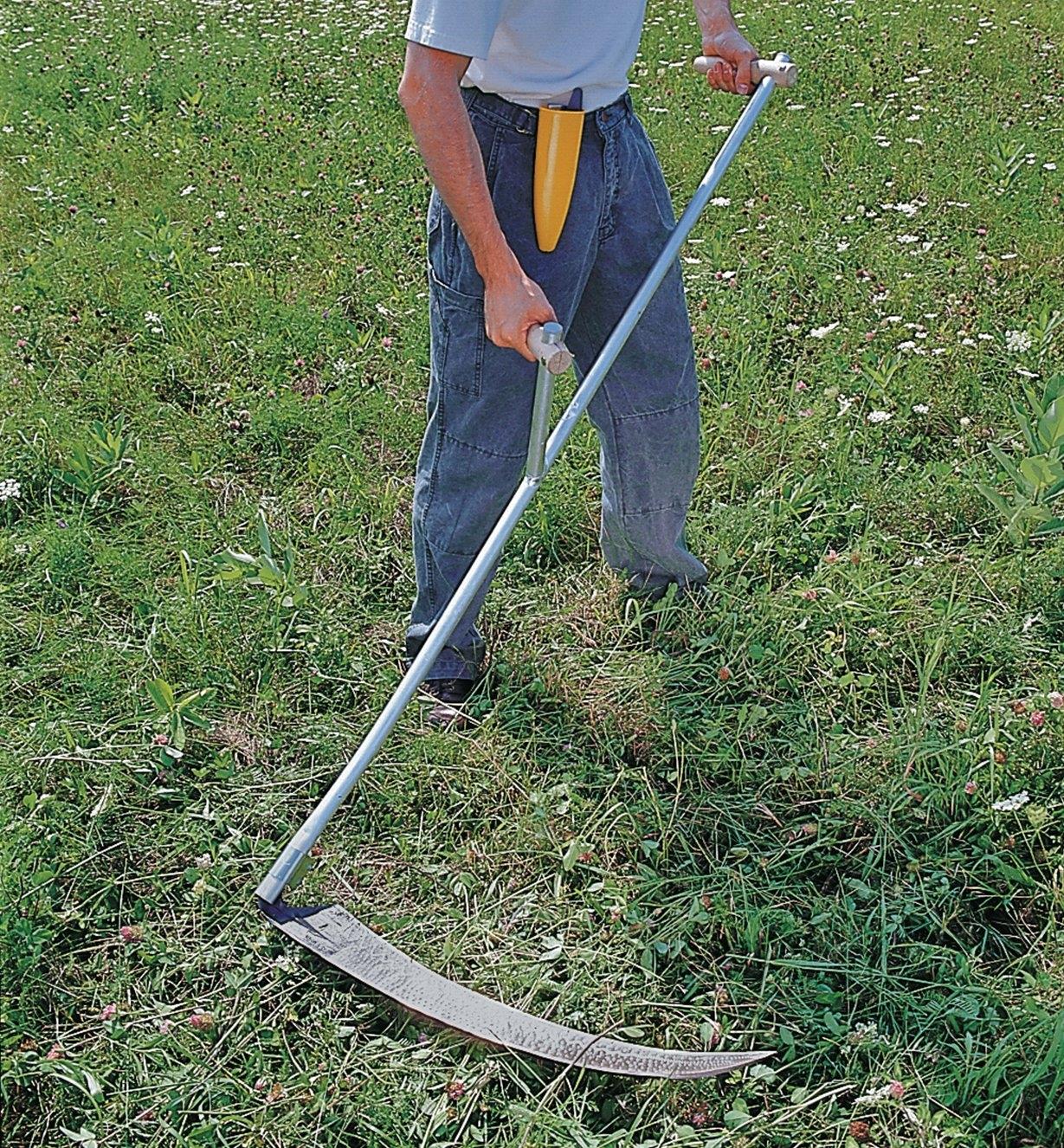Literature - G.C. E. (O/L) Short Story -The Nightingale and the Rose
The Nightingale and the Rose
by
Oscar Wilde
A quick overview about the author
Oscar Fingall O’Flahertie Wills Wilde was born
on 16th October 1854 at 21 Westland Row, Dublin, Ireland (now home of the Oscar
Wilde Centre, Trinity College.) He had been publishing lyrics and poems in
magazines since his entering Trinity College, especially in Kottabos and the Dublin
University Magazine in mid1881. His novel, The Picture of Dorian Gray (1891),
and the social comedies Lady Windermere’s Fan (1892), A Woman of No Importance (1893),
An Ideal Husband (1895), and The Importance of Being Earnest (1895),
established his reputation. Wilde published The Happy Prince and Other Tales in
1888, and had been regularly writing fairy stories for magazines. In 1891 he
published two more books, one being Lord Arthur Savile's Crime and Other
Stories. He is known as a writer, a poet and a playwright. Wilde died in Paris,
France on 30 November 1900 at the age of forty six.
We are
going to discuss another short story.
This
story is about love and also about sacrifice.
Before we start the discussion I would
like you to think over the following.
1. Do
you read love stories? About whom are they?
2. Have
you read fairy tales where angels help lovers to get married?
What role do these fairies play?
3. What
material things do lovers expect as tokens of love?
4. Do
lovers make sacrifices for each other?
5. In
the short stories you have read, what kind of sacrifices have
lovers
made? Are they practical or can they be labelled as foolish acts?
6. In
the stories you have read, have you found lovers who betray each
other
for selfish reasons? What do you think about them?
Let’s start
reading the story. First of all pay attention to the following vocabulary item
which may help you to understand the story.
Wretched - cursed,
utterly degraded
Pale -
look unhealthy, turned white due to
lack of vitality
Ball - formal dance organized to mark an
occasion
Passion -
desire, craving, intense feeling
Murmured - whispered,
spoke in low voice
Company
- being
in the association, being with others
Lean -
tilt against, rest against
Clasped - grasped tightly with your hands
Courtiers - sovereign’s
companions or advisers
Ridiculous
- very
silly or unreasonable
Cynic
- one who believes that people’s
motives are always
selfish
Mystery
- something
that remains unexplained
Soared - flew
high in the sky
Grove - trees
or bushes that grow together
Spray
(of a tree)- a stem or a branch with flowers and leaves
Sun
dial - a device showing the time by the pointer
Sun dial
Scythe - an
agricultural tool
 |
| Scythe |
Chilled
- became
cold
Veins - vessels
that circulate blood in the body
Thorn - sharply
pointed projections on the stems of some
plants
 |
| Thorn |
Chariot - carts
drawn by horses
 |
| Chariot |
Heather - a
shrub with small purple flowers
 |
| Heather |
Pallet-bed
- straw
mattress or makeshift bed
Ebbed - gone
down or decreased
Pang - sudden
sharp pain
Girdle - a
belt or corset, Circle
Film (over eye) - blurring or visibility
become weaker
Ecstasy
- extreme
happiness
Cavern - a
large cave
Choking - difficulty
in breathing
Gutter - drainage
on the sides of the roads
Chamberlain
- an officer who managed the household of a
monarch or
noble.
Note on the short story
Oscar Wilde's work titled The Nightingale and
the Rose has features of the fairy tale but it also has the elements of social
satire in it. Wilde begins the story with a central character who is a young
male student. As the narrative opens, the young man is looking out of the
window. He dreams of a young woman whom he believes has captured his heart. He
wants to escort her to a dance.
But she demands a red rose to accede to his request. The nightingale is the one who overhears the
young man complaining about the young girl's refusal to dance with him. The
young man is eager to give her a rose, but is unable to do so. Wilde structures
the story, so that the nightingale tries to bring the two lovers together. First, the nightingale visits the
rose-trees in the garden. Of all the types of roses, it is the white rose that
tells the nightingale of a way to produce a red rose. The white rose adds a
condition; the nightingale must sing the sweetest song it knows, and sacrifice
her life in the process. The nightingale
notices that the young man is in tears and proceeds to carry out the
instruction, of impaling her heart on a thorn so that the blood can stain the
rose. At the end the student takes the rose to the young woman, only to be
rejected again because another man, the Chamberlain’s nephew has sent her some
real jewels, and jewels cost far more than flowers. The young man no longer
believes in love and throws away the rose. He returns to his study of
Metaphysics. The story brings out the hypocrisy of people and the false values
of society.
Read
the story from the beginning to, “For a red rose . . . laughed outright” and answer the following questions
1. How many characters are introduced first?
Who are they?
2. Find the following details
related to the story.
a. The place described at the
beginning of the story and the time
of the day.
b. Time of the year (season)
and the atmosphere/mood
suggested by it.
c. What are the social
backgrounds of the characters and are
they the same?
3. Do you find any problem
faced by the first character? Where is he
planning to go the following night?
4. How is the problem caused/created? How is the conflict resolved?
4. How is the problem caused/created? How is the conflict resolved?
5. What are the three things the student wishes
to do if he gets what
he wants?
6. Who hears the problem and what is the
response made?
7. What is your impression about the young
student and the young
girl?
8. “but
in all my garden there is no red rose”, says the student. What
do you think is the symbolic meaning of
this?
9. Do you think the young girl truly loves the
boy? Why? Give
reasons? What are your feelings about
her? (like / dislike /
hatred / neutral / sympathetic)
10. How
does the nightingale respond to the boy’s wail?
11. Who
else happens to hear this problem and what is their
response?
What do those characters symbolize?
Next read the story up to, “At
noon the student opened his window and looked out.”, and answer the following
questions.
1.
Describe the steps the nightingale takes to help
the boy solve his problem.
2. Give
the meaning of the phrase, “She passed through the ...garden.”
3. Who
gives the nightingale a clue to the resolution and what is it?
4.
Describe the nightingale’s opinions/views about love, manhood
and life. Support your answer with
quotations from the text.
5.
Which contrasting features do you see in the bird’s way of
responding to the problem and in the boy’s way of response?
Refer to the line, “She swept..., the
young student was still lying
on the grass.”
6. What
request does the nightingale make to the boy when she tries
to console him?
7.
‘Love is a wonderful thing.’ How does the Nightingale suggest the
wonder of love by comparing it with
Philosophy and Power?
8. Why
can’t the student understand what the nightingale says?
9. Who understood
the nightingale’s message and why?
10.
What do “the note book and the pencil in pocket’ suggest of the
boy?
11.
What does the student think of the nightingale and arts?
12. Do
you think he is right and why?
13. How
does the nightingale attempt to produce a rose? Describe
what he did.
14. How
does the nightingale try to forget about her “fierce pang of
pain”?
What message does it convey (of songs/music)?
15.
What sort of interesting idea is blended in the nightingale’s song?
16.
Finally how does nature respond to the last burst of music of the 17. What kind of rose does the nightingale
manage to produce?
nightingale?
Next, read up to the end of the
story and answer the following.
1. Next
day at noon what does the boy see? How does he respond to it?
2. What
do you understand about the likes and the social position of the young girl
through the following line?“The
daughter of the professor...her little dog was lying at her feet.”
3. What
response can one expect from the girl when the student takes the rose to her
(when referring to her demand at the beginning)? What was her actual response?
4. What
does she mean when she says,” Everybody knows jewels cost far more than
flowers.”
5. What is suggested by, “and he threw the rose
...a cart wheel went over it.”
6. Does
the girl’s behavior could you say that she is ungrateful? What other
characteristics do you find in her?
7. What
does she mean by “... who are you ... nephew has?”
8. What
does the student realize and how does he try to resolve his problem?
9. What
message is the writer suggesting through this resolution?
8.
Reading the text/Engagement with the text
Reference:
G.C.O/L Literature Teacher Instructional Manual
Internet




Comments
Post a Comment